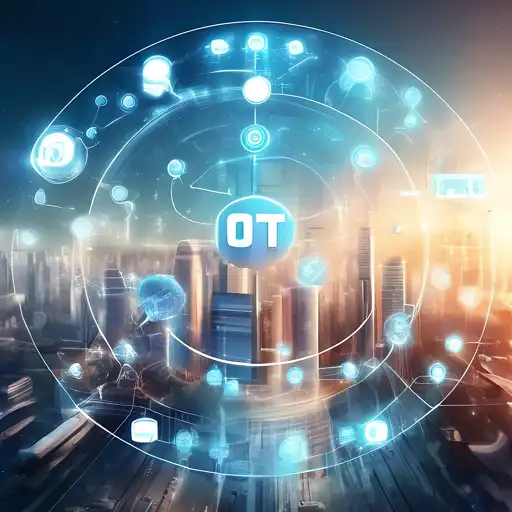The Future of IoT: Predictions for 2025
The Internet of Things (IoT) is rapidly evolving, transforming how we interact with technology on a daily basis. By 2025, the IoT landscape is expected to undergo significant changes, driven by advancements in technology and increasing demand for smart solutions. This article explores the key predictions for IoT in 2025, offering insights into the future of connected devices and their impact on various industries.
1. Exponential Growth in Connected Devices
By 2025, the number of connected devices is projected to surpass 75 billion worldwide. This growth will be fueled by the proliferation of smart home devices, wearable technology, and industrial IoT applications. The seamless integration of these devices will enable more efficient data collection and analysis, paving the way for smarter cities and homes.
2. Enhanced Security Measures
As the number of connected devices increases, so does the risk of cyber threats. In response, 2025 will see the implementation of more robust security protocols, including advanced encryption techniques and AI-driven threat detection systems. These measures will be crucial in protecting sensitive data and ensuring user privacy.
3. AI and IoT Convergence
The convergence of Artificial Intelligence (AI) and IoT will reach new heights by 2025. AI algorithms will play a pivotal role in processing the vast amounts of data generated by IoT devices, enabling real-time decision-making and predictive analytics. This synergy will revolutionize industries such as healthcare, manufacturing, and transportation.
4. Sustainable IoT Solutions
Sustainability will be a key focus in the development of IoT technologies. Energy-efficient devices and green IoT solutions will become more prevalent, contributing to environmental conservation efforts. Smart grids and renewable energy systems will benefit from IoT innovations, promoting a more sustainable future.
5. The Rise of Edge Computing
Edge computing will gain prominence as a solution to the latency issues associated with cloud computing. By processing data closer to the source, IoT devices will operate more efficiently, reducing response times and bandwidth usage. This shift will be particularly beneficial for autonomous vehicles and real-time monitoring systems.
In conclusion, the future of IoT in 2025 looks promising, with advancements that will redefine connectivity and automation. From enhanced security to sustainable solutions, the IoT ecosystem is set to become more integrated and intelligent. As we move closer to this future, staying informed about these trends will be essential for businesses and consumers alike.
For more insights into the latest technology trends, explore our technology section.
